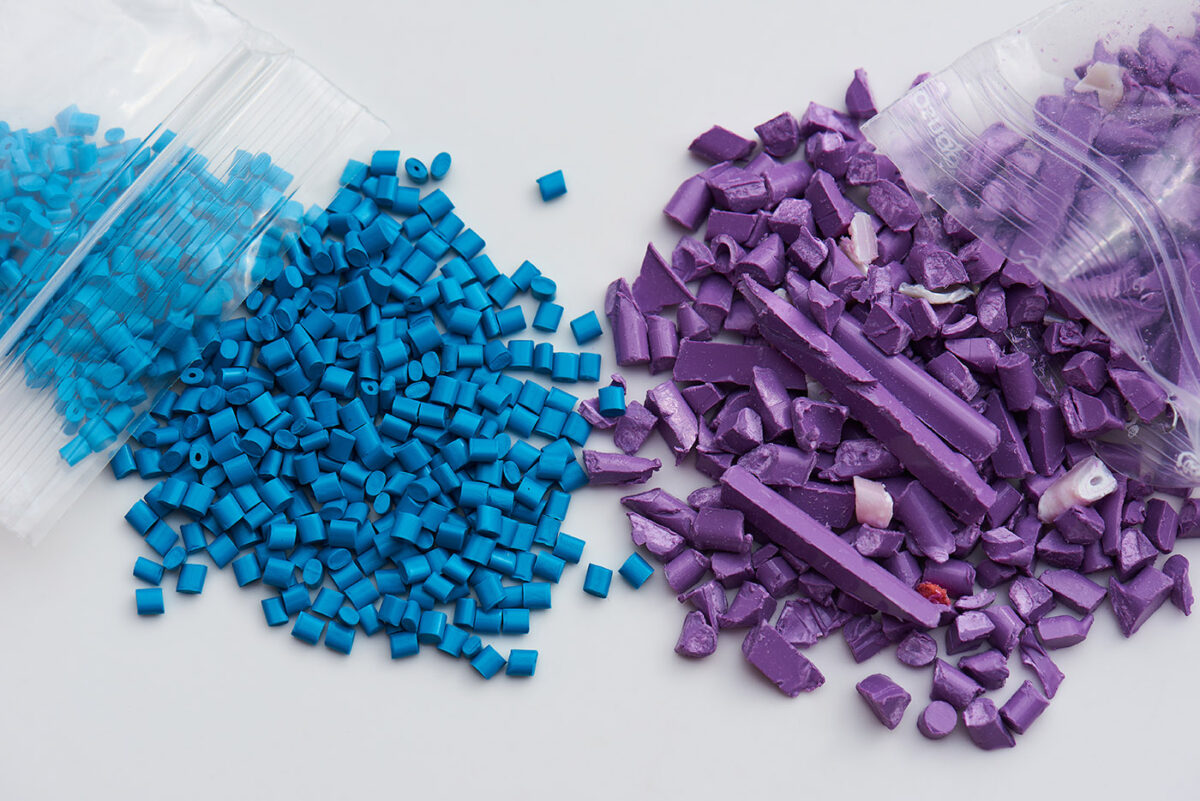The Impact of Plasticizers on Linear Polymers

Recent studies have delved into the profound effects of plasticizers on the crystallization behavior of linear polymers, shedding light on their impact on nucleation, growth, and melting processes.
Introduction of Plasticizers Lowers Glass Transition Temperature (Tg)
Introducing plasticizers into linear polymers generally reduces the glass transition temperature. This shift in Tg leads to an earlier onset of crystallization at lower temperatures, facilitating easier processing and improving material properties. This adjustment is particularly critical for polymers like polyhydroxybutyrate (PHB), poly(l-lactic acid) (PLLA), and polyvinyl alcohol (PVA), as it significantly affects their processing, according to the study “The impact of plasticisers on crystal nucleation, growth and melting in linear polymers.”
You can also read: The Impact of Pigments on Plastic Dimensional Stability
Molecular Dynamics Simulations
Research utilizing molecular dynamics simulations has provided insights into how plasticizers influence crystal nucleation and growth. These studies focus on polymer melts with filler particles acting as nucleants, exploring the intricate dynamics influenced by plasticizers.
Enhanced Polymer Mobility
Raising the plasticizer concentration boosts polymer mobility. This leades to significant changes in crystallization kinetics, such as reduced nucleation and growth rates. These modifications are essential for customizing material properties to meet specific application needs.
Plasticizers’ Influence on Melting Behavior
Plasticizers also markedly affect the melting behavior of polymers. During the melting process, plasticizers are expelled from crystalline regions, accumulating in the amorphous areas. This expulsion broadens the melting temperature range and effectively lowers the melting point due to the increased free energy in the amorphous phase.
Study Findings on Plasticizers’ Role
Overall, plasticizers induce a pronounced undercooling necessary for crystallization. This undercooling is crucial for initiating crystal growth at lower temperatures. This is advantageous for enhancing the processing capabilities and mechanical properties of polymeric materials.
Impact of Plasticizers in Simulation Studies
Simulating the polymer in contact with a model filler surface, which acts as a nucleant, shows that plasticizers lower the crystallization temperature. Additionally, cooling simulations reveal that the temperature at which crystallization occurs decreases with an increase in plasticizer concentration. This also affects the temperature at which the maximum crystallization growth rate occurs.
Moreover, isothermal simulations have demonstrated that plasticizers can delay crystal nucleation. Nonetheless, the crystal growth consistently follows a specific pattern: initial nucleation leads to lateral growth at the surface, followed by perpendicular growth.
These findings emphasize the crucial role of plasticizers in modifying the physical behaviors of linear polymers, significantly impacting their industrial applications.
